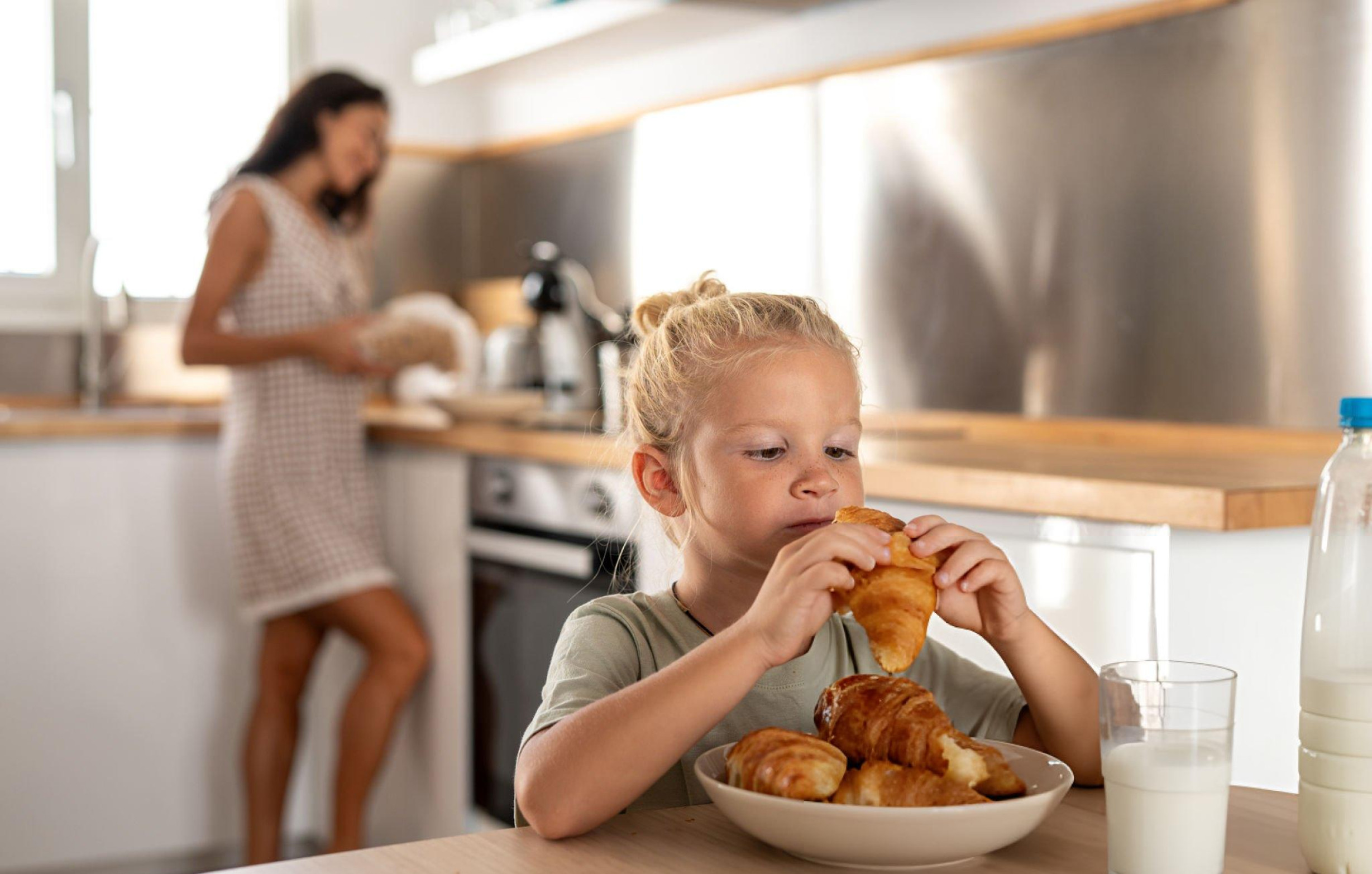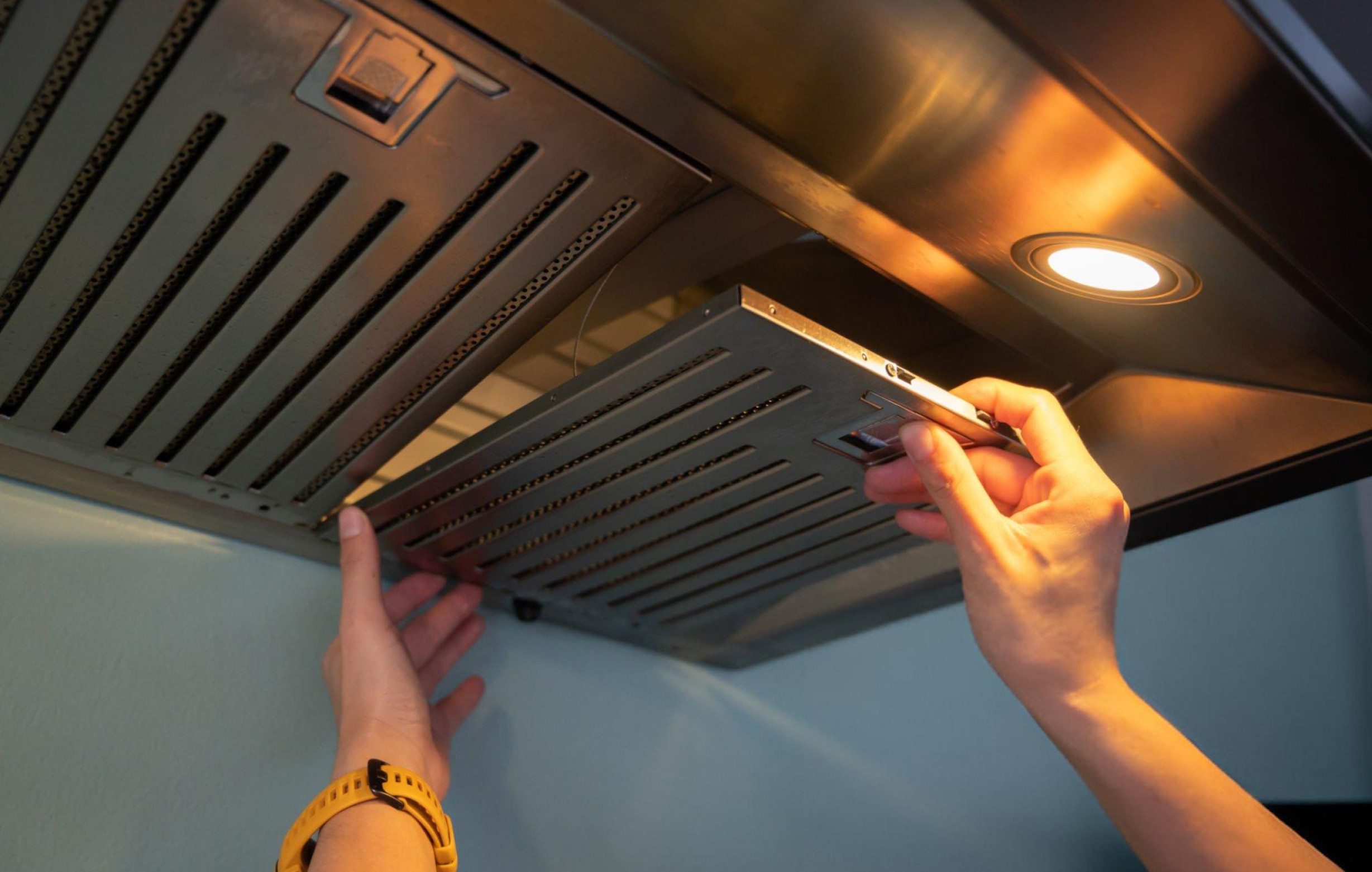Kitchen Hygiene and Food Safety: Essential Practices Every Home Cook Should Know
Food safety in the home kitchen protects your family from foodborne illnesses while ensuring the meals you prepare with love don’t become sources of discomfort or danger. Many home cooks focus on perfecting recipes and techniques while overlooking fundamental hygiene practices that prevent contamination and spoilage. Understanding proper food safety protocols doesn’t require culinary school training – just consistent application of proven practices that become second nature with repetition. The consequences of poor kitchen hygiene extend beyond immediate food poisoning to include cross-contamination that can affect multiple meals, waste from spoiled ingredients, and the stress of dealing with family illness that could have been prevented. Building good food safety habits protects both your family’s health and your investment in quality ingredients while ensuring your kitchen remains a safe, welcoming space for meal preparation. Understanding Foodborne Illness Risks Foodborne illnesses affect millions of people annually, with many cases originating from preventable mistakes in home kitchens. Understanding how contamination occurs helps you identify risk points and develop habits that protect your family’s health. Bacterial contamination represents the most common cause of food poisoning, with organisms like Salmonella, E. coli, and Campylobacter thriving in conditions that home kitchens often provide inadvertently. These bacteria multiply rapidly at room temperature and can reach dangerous levels within hours. Cross-contamination occurs when harmful bacteria transfer from contaminated foods to clean foods through shared surfaces, utensils, or improper handling. Raw meats pose particular risks, but contamination can also come from unwashed produce, dirty hands, or unclean kitchen tools. Temperature abuse happens when foods spend too much time in the “danger zone” between 40°F and 140°F where bacteria multiply rapidly. This includes both inadequate cooking temperatures and improper storage that allows bacterial growth. High-risk populations including young children, elderly family members, pregnant women, and people with compromised immune systems face greater dangers from foodborne illness, making kitchen hygiene particularly important in households with vulnerable members. Hidden contamination sources like kitchen sponges, cutting boards, and even seemingly clean surfaces can harbor dangerous bacteria that spread to foods during preparation, making comprehensive hygiene practices essential rather than optional. Hand Washing: The Foundation of Food Safety Proper hand washing represents the single most important food safety practice, yet many people skip this crucial step or perform it inadequately, allowing bacteria to spread throughout the kitchen. Timing matters significantly for hand washing effectiveness. Wash hands before handling food, after touching raw meats, after using the bathroom, after touching pets, and any time your hands might have contacted contamination sources. Proper technique requires warm water, soap, and at least 20 seconds of scrubbing all surfaces including between fingers, under nails, and up to the wrists. The mechanical action of scrubbing removes bacteria more effectively than soap alone. Drying hands completely with clean towels or paper towels prevents bacteria from remaining on damp skin where they can multiply and transfer to foods. Avoid air drying, which leaves hands damp longer. Hand sanitizer can supplement but never replace proper hand washing in food preparation. Sanitizers don’t remove all types of contamination and are less effective on visibly soiled hands. Common mistakes include inadequate scrubbing time, missing areas like thumbs and wrists, using dirty towels for drying, or assuming clean-looking hands don’t need washing after handling potential contaminants. Safe Food Storage Practices Proper food storage prevents spoilage and bacterial growth while maintaining food quality and extending shelf life. Understanding storage requirements for different food types helps prevent waste while ensuring safety. Refrigerator temperature should maintain 40°F or below, with freezers at 0°F or below. Use refrigerator thermometers to verify temperatures, as built-in displays aren’t always accurate. Check temperatures regularly to ensure consistent cooling. Storage hierarchy in refrigerators prevents contamination from dripping juices. Store raw meats on the bottom shelf in containers that catch drips, with ready-to-eat foods on upper shelves away from potential contamination sources. First in, first out rotation ensures older items get used before they spoil while preventing dangerous bacteria buildup in forgotten foods. Date all stored items and organize storage to make older items easily accessible. Proper packaging prevents cross-contamination while maintaining food quality. Use airtight containers for leftovers, separate raw meats from other foods, and avoid overpacking containers that prevent proper air circulation. Pantry storage requires cool, dry conditions away from heat sources and direct sunlight. Rotate stock regularly, check expiration dates, and store items in sealed containers to prevent pest contamination. Freezer organization includes proper packaging to prevent freezer burn, labeling with dates and contents, and understanding that freezing stops bacterial growth but doesn’t kill existing bacteria that will resume multiplying when food thaws. Cross-Contamination Prevention Cross-contamination prevention requires systematic approaches to food handling that prevent harmful bacteria from spreading between foods, surfaces, and kitchen tools throughout the cooking process. Separate cutting boards for different food types prevent contamination from raw meats to ready-to-eat foods. Use color-coded boards or designate specific boards for meats, vegetables, and other foods to avoid confusion. Utensil hygiene requires washing or replacing utensils between different foods, especially after contact with raw meats. Never use the same utensil for raw and cooked foods without washing thoroughly between uses. Surface sanitization between tasks prevents bacteria buildup on countertops, cutting boards, and other work surfaces. Clean with hot soapy water, then sanitize with bleach solution or commercial sanitizers. Proper food handling includes avoiding bare hand contact with ready-to-eat foods, using clean utensils for tasting, and never placing cooked foods on surfaces that held raw meats without thorough cleaning. Kitchen towel management prevents contamination spread through dirty towels. Use separate towels for hands, dishes, and surfaces, washing them frequently in hot water with bleach when possible. Produce safety requires washing all fruits and vegetables before use, even those you’ll peel, as contamination on skins can transfer to edible portions during cutting or preparation. Temperature Control and Safe Cooking Proper cooking temperatures kill harmful bacteria while ensuring food safety, making accurate temperature monitoring essential for protecting your family from foodborne illness. Internal temperature guidelines vary by food type, with ground meats


